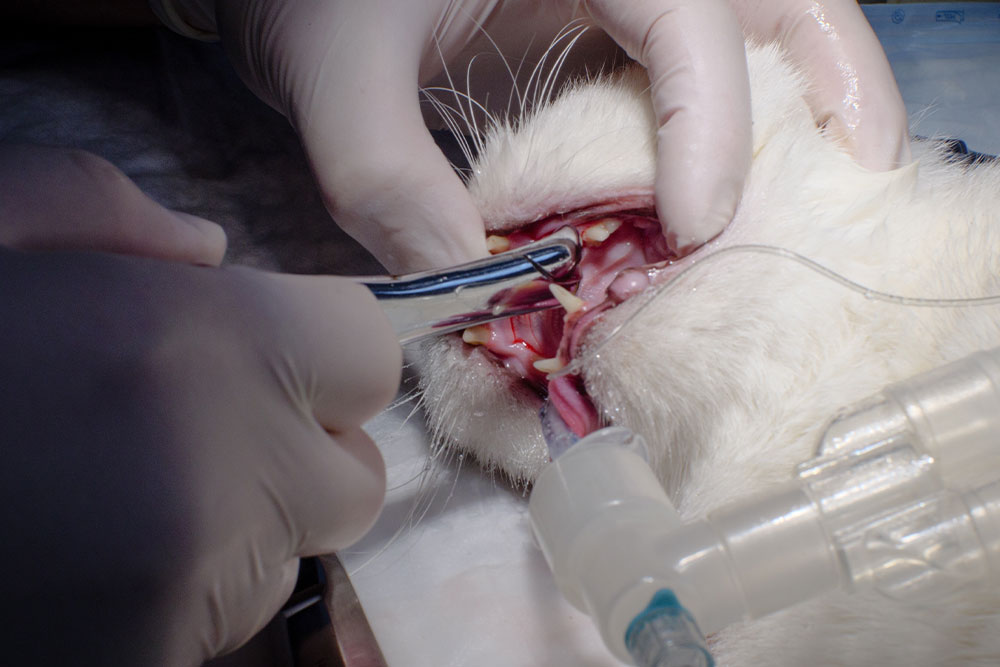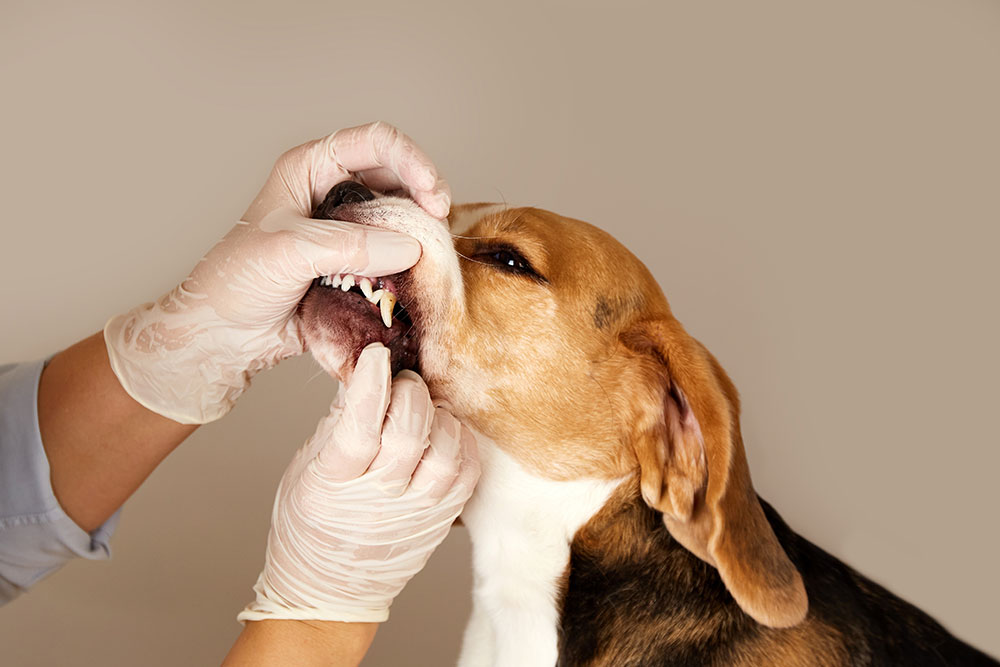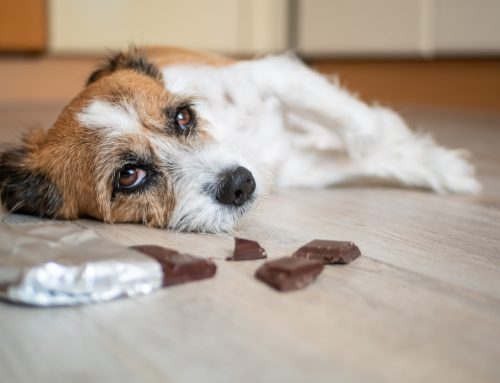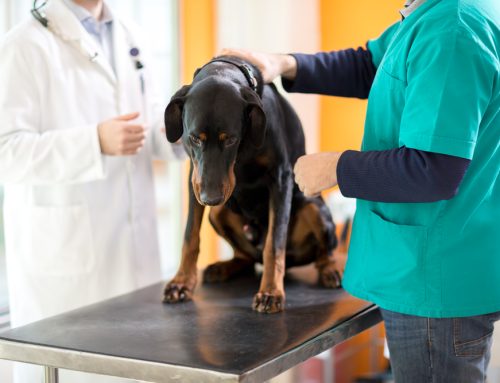At Driftwood Animal Hospital in Daytona Beach, Florida, we talk about teeth every single day. We see the joy on your face when your dog greets you with a big smile or your cat curls up for a chin scratch—and we also hear the worry in your voice when the topic of anesthesia comes up. Non-anesthetic dental cleanings (often advertised as “anesthesia-free” or “awake” cleanings) can sound like the perfect compromise: sparkling teeth with no drugs, no blood work, and a lower invoice. Unfortunately, what looks like a bargain on the surface can carry hidden costs for your pet’s comfort, long-term health, and even safety.
Below, we explain exactly why our team recommends full anesthetic dental care, share practical at-home tips, and answer the most common questions we hear in our exam rooms.
What Happens During a Non-Anesthetic Dental Cleaning?
During a non-anesthetic dental cleaning (NAD), a pet is restrained—usually by hand—while a scaler removes the tartar you can see on the crowns of the teeth. The gums are not probed, dental X-rays are not taken, and any plaque or bacteria hiding under the gumline (where periodontal disease starts) is left untouched. Because only the visible surfaces are polished, the result is a cosmetic “white tooth” effect that can mask underlying disease.
Why Non-Anesthetic Dentals Sound Tempting
We completely understand the appeal:
- Concern about anesthesia. Older pets or those with heart, liver, or kidney issues already feel fragile to us.
- Budget pressure. A quick cleaning at the groomer may cost a fraction of a hospital procedure.
- No fasting, no drop-off, and you can watch the entire appointment.
Yet the very factors that make NADs attractive can mislead well-intentioned families into postponing the care their pets truly need.
For a comprehensive overview of why dental health matters far beyond appearance, we recommend AAHA’s resource, Healthy Mouth, Healthy Pet: Why Dental Care Matters.
What We Find Beneath the Sparkle
More than 60 % of the tooth lives below the gumline. Bacteria that remain there eat away at the ligament holding the tooth in its socket, leading to bone loss, loose teeth, and infection that can seed the heart, kidneys, and liver. Small-breed dogs are especially vulnerable; see Royal Canin’s Guide to Dental Disease in Small Breed Dogs for a clear, photo-rich explanation of how quickly disease progresses.
An NAD cannot:
- Take intra-oral radiographs. Hidden root abscesses or resorptive lesions are missed without the imaging steps outlined by Preventive Vet in The Importance of Dental X-Rays for Pets.
- Probe each periodontal pocket. Painful gingival ulcers described in the Merck Vet Manual article on Oral Inflammatory and Ulcerative Disease in Small Animals go undetected.
- Examine the tongue, throat, and cheeks thoroughly. Subtle growths such as those covered in Oral Tumors of Small Animals can be missed until they are advanced—and harder to treat.
Short- and Long-Term Risks of Skipping Anesthesia
- Incomplete cleaning > lingering infection. Plaque under the gumline calcifies into tartar again within days.
- Injury fracture risk. Awake patients move; an unintentional slip of a hand scaler can chip enamel, or lacerate humans and tongue.
- Stress and fear. Even the calmest pet can associate mouth manipulation with discomfort, making future home care nearly impossible.
- Delayed diagnosis of developmental problems. Issues such as retained baby teeth (Deciduous Canine Tooth Removal in Dogs), malocclusions (ABCs of Veterinary Dentistry: Malposition and Malocclusion), or cleft palate (Cleft Palate in Pets) can be overlooked when a full oral exam is impossible.
What a Full Veterinary Dental Cleaning Looks Like
We follow the American Animal Hospital Association’s guidelines in Anesthesia and Dental Cleaning for Pets:
- Pre-anesthetic assessment. A physical exam and blood work tell us how to tailor anesthesia to your pet’s age and medical history.
- Patient-specific anesthesia plan. Modern agents allow us to adjust depth minute-by-minute, maintain blood pressure, and keep recovery smooth—yes, even for seniors.
- Intra-oral radiographs and charting. Every tooth is probed and X-rayed so nothing is missed.
- Ultrasonic and hand scaling above and below the gumline.
- Polishing + fluoride treatment. Polishing smooths micro-grooves; fluoride strengthens enamel.
- Immediate treatment. If an extraction or sealant is needed, we perform it right away, sparing your pet a second anesthetic event.
- Pain control and home care plan. You leave with written instructions and a demonstration of tooth-brushing technique.
Everyday Home-Care Toolkit
Daily prevention keeps gingivitis from spiraling into periodontitis between professional cleanings.
1. Tooth-brushing basics
Start slowly: a pea-sized amount of veterinary toothpaste on your fingertip, then a finger brush, eventually a pet-specific soft brush. The AVMA’s Pet Dental Care page has helpful how-to videos.
2. Choose products with the VOHC seal
Treats, chews, and water additives carrying the Veterinary Oral Health Council acceptance stamp have been clinically proven to reduce plaque or tartar.
3. Pick the right chews and toys
Hard nylon bones or antlers can crack teeth. If you can’t indent a chew with your fingernail, it’s probably too hard and runs a higher risk of causing tooth fractures.
4. Regular check-ins
Lift the lips once a week. Look for redness, odor, growths, or chipped teeth. Call us if you notice anything unusual!
When Is It an Emergency?
Contact us immediately if you see:
- Sudden refusal to eat hard food
- Drooling tinged with blood
- Facial swelling under the eye (often an upper-premolar root abscess)
- Jaw chattering when the mouth is touched
- A tooth dangling or displaced after trauma
Severe oral pain can escalate quickly; prompt care prevents systemic infection and makes recovery easier.
FAQs We Hear in Our Exam Rooms
Q: My pet is 14—surely anesthesia is too risky now?
A: Age is not a disease. We modify drug choices for heart, kidney, or liver concerns and use continuous electronic monitoring. A painful mouth is far riskier to quality of life.
Q: The groomer said my dog’s mouth looks clean after an NAD. Isn’t that proof it works?
A: We frequently discover deep pockets or fractured teeth beneath a seemingly clean surface. Only probing and X-rays tell the full story.
Q: Can dental chews replace brushing?
A: Chews with the VOHC seal help, but nothing matches the mechanical action of brushing paired with periodic professional cleanings.
Q: How often will my pet need anesthetic dentistry?
A: Genetics, diet, and home care all play a role. On average, dogs and cats benefit from a professional cleaning every 12–24 months; some small breeds need yearly care.
We’re Here to Help
Healthy mouths mean happier, longer lives, and our entire team is passionate about guiding you each step of the way. Meet the people who will be caring for your pet on our team page, learn more about our full range of services, or reach out directly through our contact form.
Together, we can keep those tails wagging and whiskers twitching—pain-free and fresh-breath approved—for years to come.









Leave A Comment